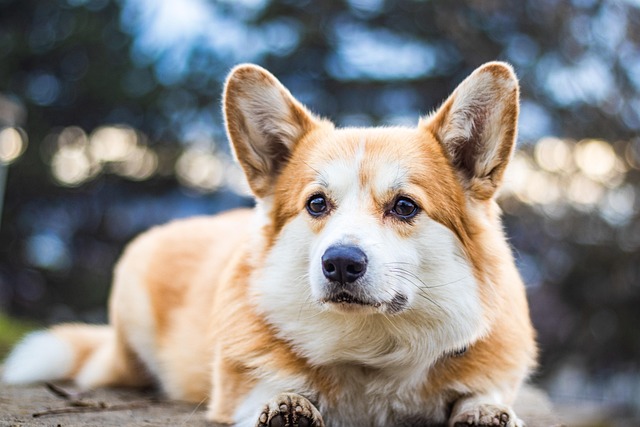
How can I tell if my dog's heatstroke is serious
Let’s be real: It’s a sticky August morning in Los Angeles, and you took your 2-year-old Golden Retriever, Max, for a walk a little later than usual
If you’ve ever struggled to brush your dog’s teeth—dodging wiggly heads, slobbery paws, or the occasional playful bite—you’ve probably wondered about easier alternatives. Dental powders, those sprinkle-on supplements for food or water, promise to fight plaque and freshen breath without the fuss. But do they actually work, or are they just another pet product hype? For new dog owners in the US, sorting fact from fiction can save time, money, and maybe a few scratched hands.
Dental powders typically contain enzymes, probiotics, or mild abrasives designed to break down plaque when mixed into your dog’s meals or water. The idea is simple: every bite or sip helps reduce bacteria that cause tartar and bad breath. For example, enzymes like glucose oxidase can slow plaque growth by breaking down the sugars bacteria feed on, while ingredients like baking soda (in small, safe amounts) gently scrub teeth as your dog chews. They work best as part of a routine, not a replacement for brushing—think of them like mouthwash for humans, complementing rather than replacing floss.
To get results, use them correctly. Sprinkle the recommended amount (check the label—dosages vary by dog size) over wet food, or stir it into dry kibble with a splash of water to help it stick. For water-based powders, refresh the bowl daily to avoid bacterial growth. Watch for signs they’re working: less stinky breath after a week or two, or gums that look pinker instead of red. But don’t skip brushing entirely—focus on the back molars, where plaque loves to hide, 2-3 times a week. A golden retriever named Max, for example, went from avoiding chew toys due to sore gums to chomping happily after his owner added a dental powder to his meals and kept up weekly brushings.

In the US, dental health ties into legal pet care basics. Even with powders, keep your dog’s rabies vaccine current—all states require it, and poor oral health weakens the immune system, making infections more likely. When out for walks, remember poop bags aren’t just for waste; if your dog’s breath is foul enough to bother others, it might signal dental issues that need attention. Fines for skipping cleanup can hit $250 in cities like Denver, so staying on top of both hygiene and etiquette matters.
Never force your dog to accept powders if they resist. If they turn up their nose at sprinkled food, try a different brand or mix it with a little low-sodium broth. Scolding them for fussy eating will only stress them, and stress worsens inflammation—including in the gums. Instead, praise them when they eat their powder-treated meal, turning it into a positive experience. This aligns with the kind, reward-based training most American pet owners prefer.
Apartment living means keeping powders handy but safe. Store them in a sealed container in a cabinet, not on the counter—curious puppies like bulldogs or beagles might knock them over and eat the whole bottle. If you share walls with neighbors, fresher breath from powders can make snuggle time less awkward. When visiting community dog runs, a dog with good dental health is more likely to enjoy playing with others, as sore gums won’t hold them back.
Dental powders do work—when used as part of a broader routine. They’re a great tool for busy owners or dogs who hate brushing, but they’re not magic. With consistency, you can keep your dog’s smile bright, their breath fresh, and those tail wags coming strong.

Let’s be real: It’s a sticky August morning in Los Angeles, and you took your 2-year-old Golden Retriever, Max, for a walk a little later than usual

You're enjoying a summer afternoon at the park when you notice your dog has stopped panting and appears disoriented - their gums are bright red

Let’s paint the picture: You’re in your Denver apartment, watching your 4-year-old Boston Terrier, Ruby, plop down mid-play session with her favorite toy

Many dog owners notice their pets nails seem shorter after regular walks,but how much does this daily activity actually help?The answer depends on where you walk—concrete sidewalks or asphalt streets gently file nails as a dog's paws hit the ground

Most dog owners notice their pup scooting across the carpet at some point, but few connect it to impacted anal glands. These small sacs near a dog’s rectum secrete a scent for marking territory

Most vets agree that regular dog teeth cleaning is key to avoiding painful dental issues later. For healthy adult dogs, a professional cleaning at the vet’s office every 12 to 18 months usually works well.